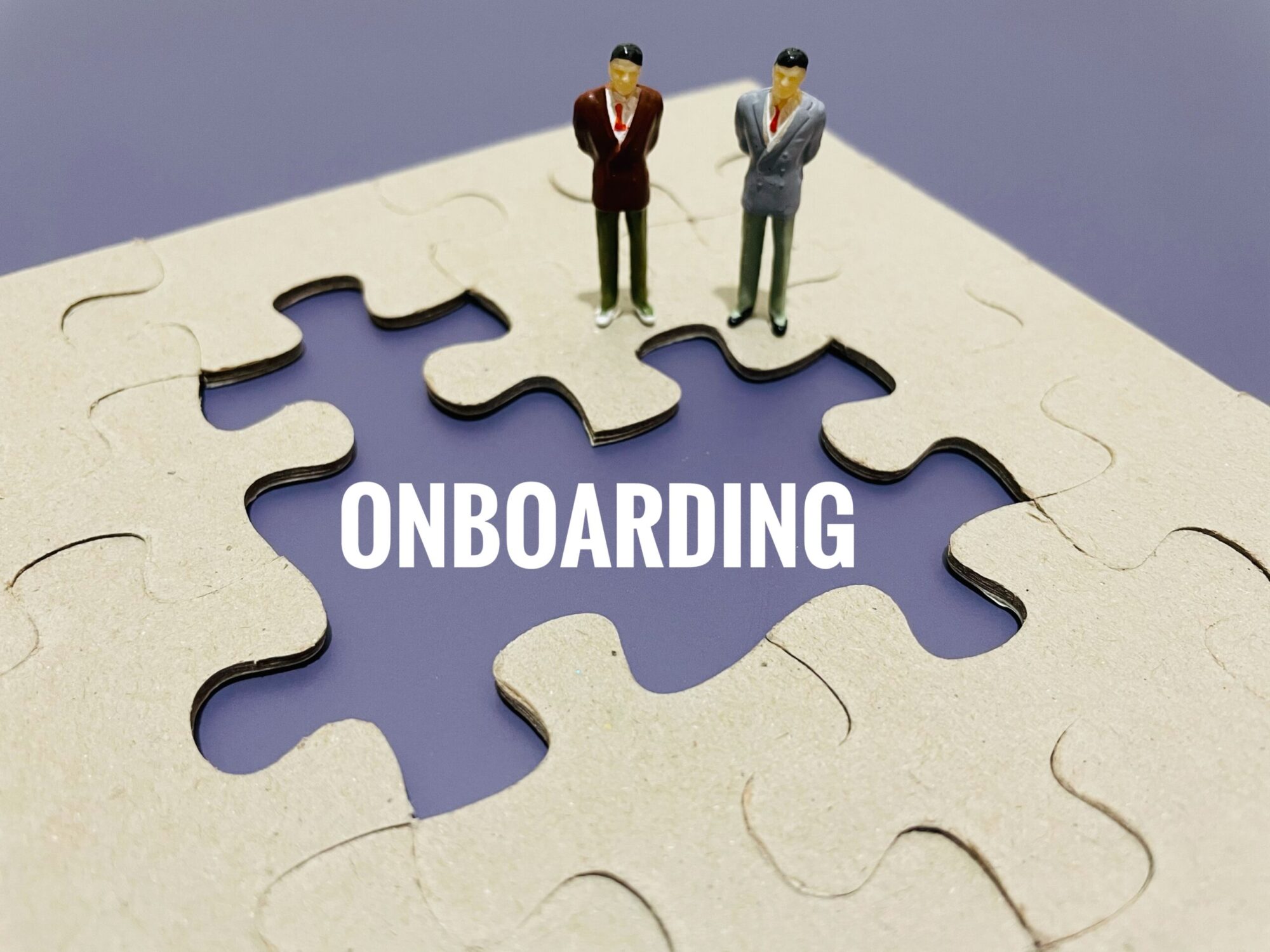How do you successfully welcome and integrate new employees?
Resources
One-third of employees intend to leave their current job within the next few months. What is the reason behind this mass exodus? The majority of them list poor training as the main reason for their departure. So, as an integration strategy, gamification has two main objectives: make training appealing and accelerate learning!
Why use gamification for onboarding?
Firstly, gamification is the use of gaming concepts to motivate and encourage users to complete certain tasks. One of the best examples of gamification in daily life is the use of “loyalty points” in supermarkets. By rewarding consumers for every purchase using virtual points, shops influence their decision to come back next time.
It is also recognised that employee integration processes, or onboarding, that utilise multimedia as part of their training helps the player to focus. Including elements of play in onboarding also helps the community builder or the “face of the community”, who oversees the projects in order to create engagement and debates to familiarise new recruits with all functions of the co-working space. Let’s not forget that without a community builder, a coworking environment would have no structure, more like a shared workplace that lacks relationships, resources and community!
In employee training through play, points and badges as a reward to win pushes learners to the limits of their training and helps them acquire new knowledge and valuable skills. However, rewards and badges are not the only elements of gamification that you can apply. A well-designed digital game requires other elements, such as clearly defined goals and pathways, which steer the player in the desired direction.

We have put together three simple steps below to incorporate elements of fun into your company integration process!
1. Refreshers
One of the first things to do when recruiting a new colleague is to set them achievable goals to build their confidence. Setting goals is essentially the HR version of “levelling up”, a gaming technique where the player must complete a certain number of tasks before moving to the next level.
Start with a goal that is easy to achieve to ensure the employee doesn’t become frustrated, and instead you will motivate them to move forwards. A refresher level to jog their memory of the knowledge they have already acquired is therefore a good place to start.
You can also put evaluations in place to check whether an employee in the integration process has really achieved their goals or not. There are many ways to assess a learner, but interactive quizzes are often the most effective.
2. Leaderboards
Leaderboards that list the top-performing players are one of the most effective strategies for motivating players to continue playing. Studies have also shown that leaderboards in games increase competitiveness between players. When they are used in employee integration, leaderboards strengthen employee engagement and motivate them to improve their learning efficiency in order to get a better place in the ranking.
To integrate rankings into your digital onboarding, it is important to objectively define the specific criteria that will be used to evaluate performances. For example, you can indicate that completing a training course will earn the learner a certain number of points, while failing evaluations can lower their rank. It is also crucial to give your new recruits a fair chance by separating their points and rankings from employees who have already completed their training programme.
3. Rewards and incentives
It may be too early to reward a new employee for their performance during company onboarding sessions with financial incentives – but studies show that offering rewards, whether they are real or virtual, motivate humans.
For your onboarding programmes, you can deploy a wide variety of reward systems. A common strategy is offering certificates at the end of a welcome programme. However, rewarding the completion of a training programme does not necessarily motivate employees to excel during the integration phase. What does work, on the other hand, is rewarding employees throughout the integration process. You can do this by awarding points and badges for evaluations and completed tasks as part of the onboarding programme.
Although gamification is a powerful tool for improving employee integration within a business, it is important to note that this strategy is also applicable to all types of training in the workplace. Technology is constantly evolving, so it is important for companies to keep their employees’ skills up to date. With gamification, it is not only possible to make this training process attractive, but also more efficient. And don’t forget that high-quality digital training can boost recruitment and encourage colleagues to stay with the company for longer.
Expert advice!
- You can use a Drimify Dynamic Path™ to create a full gamification experience that will be beneficial for integrating and training new recruits and current employees. The concept of this all-in-one path is to set up various successive steps that will allow you to tackle different subjects.
- For example, the first steps can focus on the company values, the following steps on the culture. It may also be pertinent to go over best practices or any other themes relevant to high-quality onboarding.
- The main advantage of this process is being able to cover a large array of themes and carry out bespoke onboarding throughout the year!
The Drimify team is made up of gamification experts who can guide you from the design to the implementation of your project. Make the most of our advice to give a brand-new fun and engaging dimension to your onboarding process thanks to gamification.
Want to know more?





